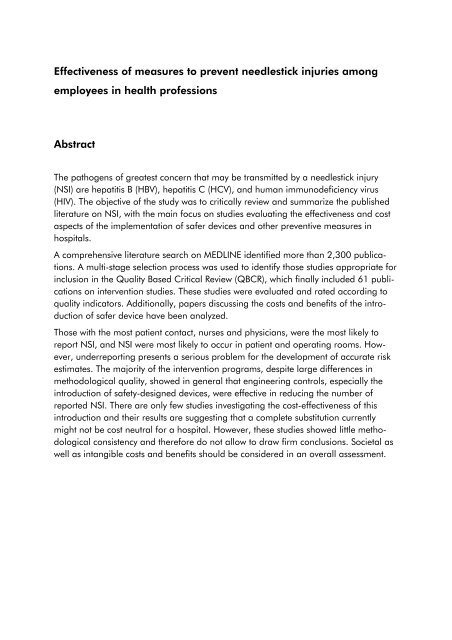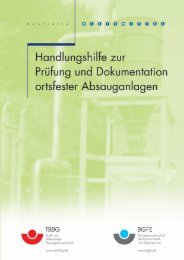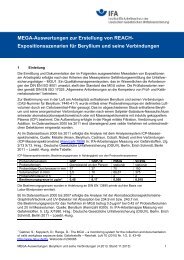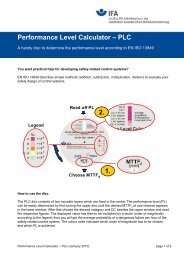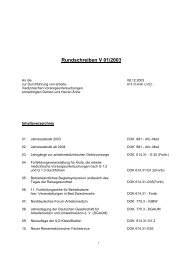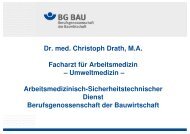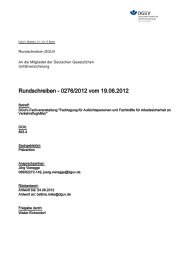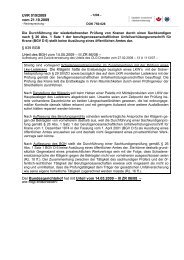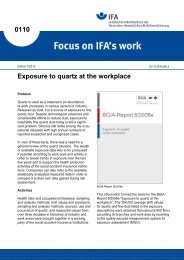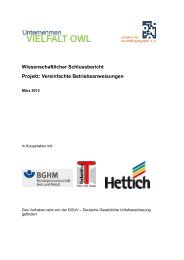Effectiveness of measures to prevent needlestick injuries among ...
Effectiveness of measures to prevent needlestick injuries among ...
Effectiveness of measures to prevent needlestick injuries among ...
You also want an ePaper? Increase the reach of your titles
YUMPU automatically turns print PDFs into web optimized ePapers that Google loves.
<strong>Effectiveness</strong> <strong>of</strong> <strong>measures</strong> <strong>to</strong> <strong>prevent</strong> <strong>needlestick</strong> <strong>injuries</strong> <strong>among</strong><br />
employees in health pr<strong>of</strong>essions<br />
Abstract<br />
The pathogens <strong>of</strong> greatest concern that may be transmitted by a <strong>needlestick</strong> injury<br />
(NSI) are hepatitis B (HBV), hepatitis C (HCV), and human immunodeficiency virus<br />
(HIV). The objective <strong>of</strong> the study was <strong>to</strong> critically review and summarize the published<br />
literature on NSI, with the main focus on studies evaluating the effectiveness and cost<br />
aspects <strong>of</strong> the implementation <strong>of</strong> safer devices and other <strong>prevent</strong>ive <strong>measures</strong> in<br />
hospitals.<br />
A comprehensive literature search on MEDLINE identified more than 2,300 publications.<br />
A multi-stage selection process was used <strong>to</strong> identify those studies appropriate for<br />
inclusion in the Quality Based Critical Review (QBCR), which finally included 61 publications<br />
on intervention studies. These studies were evaluated and rated according <strong>to</strong><br />
quality indica<strong>to</strong>rs. Additionally, papers discussing the costs and benefits <strong>of</strong> the introduction<br />
<strong>of</strong> safer device have been analyzed.<br />
Those with the most patient contact, nurses and physicians, were the most likely <strong>to</strong><br />
report NSI, and NSI were most likely <strong>to</strong> occur in patient and operating rooms. However,<br />
underreporting presents a serious problem for the development <strong>of</strong> accurate risk<br />
estimates. The majority <strong>of</strong> the intervention programs, despite large differences in<br />
methodological quality, showed in general that engineering controls, especially the<br />
introduction <strong>of</strong> safety-designed devices, were effective in reducing the number <strong>of</strong><br />
reported NSI. There are only few studies investigating the cost-effectiveness <strong>of</strong> this<br />
introduction and their results are suggesting that a complete substitution currently<br />
might not be cost neutral for a hospital. However, these studies showed little methodological<br />
consistency and therefore do not allow <strong>to</strong> draw firm conclusions. Societal as<br />
well as intangible costs and benefits should be considered in an overall assessment.


